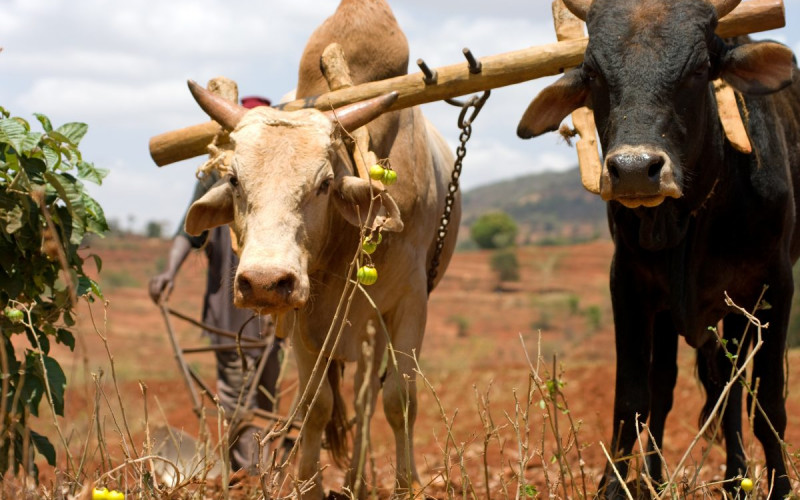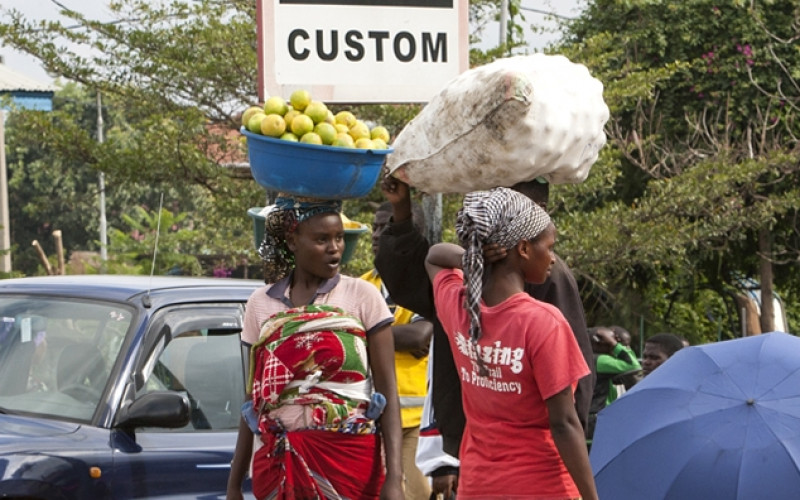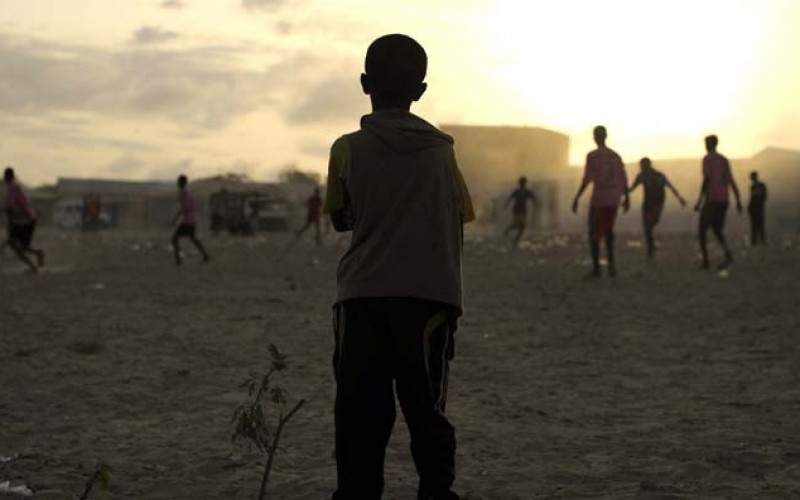However, as the global financial crisis intensified food prices fell and the flurry of conferences and media activity subsequently died away. Developing countries were the most affected by rising prices, causing deterioration in their terms of trade and current account balances. High prices affected the poor who spend more than half of their incomes on food. This was worsened by the fact that while food prices increased, incomes did not rise to keep pace. Moreover, rising food prices resulted in higher inflation in most developing countries. The UN estimates that between 109 million and 126 million people have fallen below the US$1 per day poverty line since 2006 owing to the global food crisis.
The decline in grain prices from mid 2008 was due to the financial crisis and limited speculative activity in grain markets, the 69 percent fall in oil prices from July 2008 to present, and the US Dollar appreciation. Shifts in the supply and demand for grains have also pushed prices downwards. The production of cereals recovered somewhat due to better weather conditions. Nonetheless, demand has deteriorated because of the weakening global demand for grains as a result of the global economic slowdown.
Incentives to further increase bio-fuel production, which increased the demand for grains in recent years, may be weakened by the sharp decrease in oil prices. Should oil prices remain moderate as projected, the influence of biofuels on food prices should also stabilize. If technological progress improves the attractiveness of non food biofuels inputs, the link between oil and food prices may be broken. Nonetheless, the average price levels of rice, maize and wheat, the three most consumed grains, were still substantially higher in 2008 compared to 2007, but are expected to decline in 2009, however, not to levels seen before 2008.
In spite of falling international commodity prices, the global food crisis still exists and high prices will remain, at least in the short term. In South Africa food prices still remain high and this recently prompted one of the major retailers to negotiate prices with its major suppliers. In addition, the global financial crisis threatens to worsen the long term global food situation. According to the Food and Agriculture Organization of the United Nations (FAO), there are currently still 36 countries in critical food supply situations owing to supply shortfalls. Climate change also poses several risks likely to present more volatility and shocks to global food production. Without a concerted global and domestic effort to increase food production, the global food crisis will persist. The CFA estimates that about US$65 billion will have to be invested every year. However, current financial commitments still fall short and may not be met under the current global meltdown as major donor countries become more preoccupied with solving domestic problems.
Whilst the global food crisis is far from over, it nonetheless presents export opportunities for some African countries including South Africa. Most African countries have a potential to increase their agricultural production capacity as most of them have abundant land, water and labour. According to the World Bank about 80 percent of the population in most African countries live in rural areas and rely on agriculture for their livelihood. The development of agriculture can therefore be expected to play a major role in poverty reduction.
However, potential exporters are confronted with various challenges. First, the lack of infrastructure linking producing areas and markets will make African producers uncompetitive unless governments make the required infrastructural investments. With the financial crisis it will be expensive and difficult for African countries to access finance. Finance can come from government budgets for infrastructure spending as envisaged in poverty reduction strategy papers (PRSPs) of most African countries.
Second, domestic agricultural policies in developed countries such as the United States’ farm bill and Europe’s common agricultural policy, depress world prices and render some African producers uncompetitive in subsidised product lines. Moreover, market access is still constrained by tariff and non tariff barriers. WTO Director General Pascal Lamy’s view is that a push for the conclusion of the Doha Round is a solution to the global food crisis. Critics argue that the negotiations as currently envisaged will worsen the situation by making food prices more expensive and increase dependence of developing countries on imports. Nonetheless, higher prices may be an incentive for African producers to produce more and if subsidies in developed countries are terminated the power of multinational agribusiness in food and agricultural markets may be curtailed. Either way, it is highly unlikely that a deal in agriculture will be concluded in 2009.
The global food crisis is far from over but presents export opportunities for South African producers. South Africa, unlike most African, countries has relatively good infrastructure and new road projects are financed from the government’s budget. Nonetheless, the extent to which the opportunities can be exploited will depend on how the global market for agriculture is liberalised. Currently, the international market is highly distorted by subsidies, tariffs and non tariff barriers applied by developed countries.







